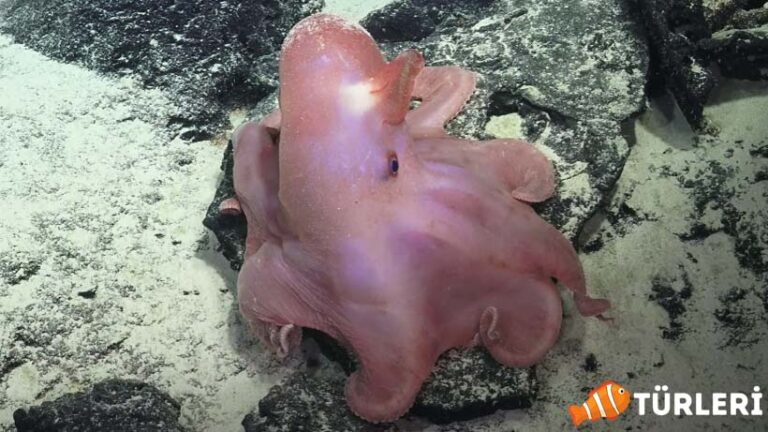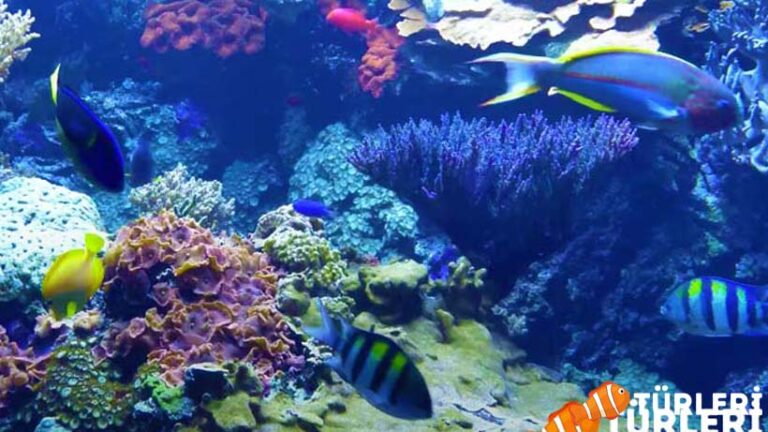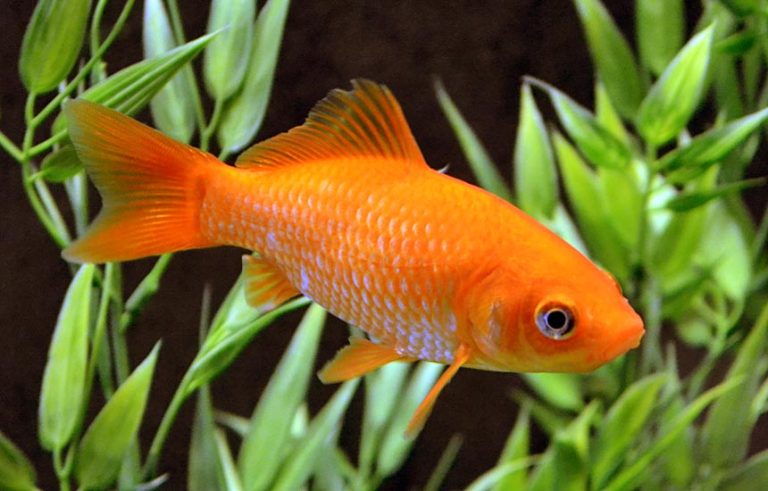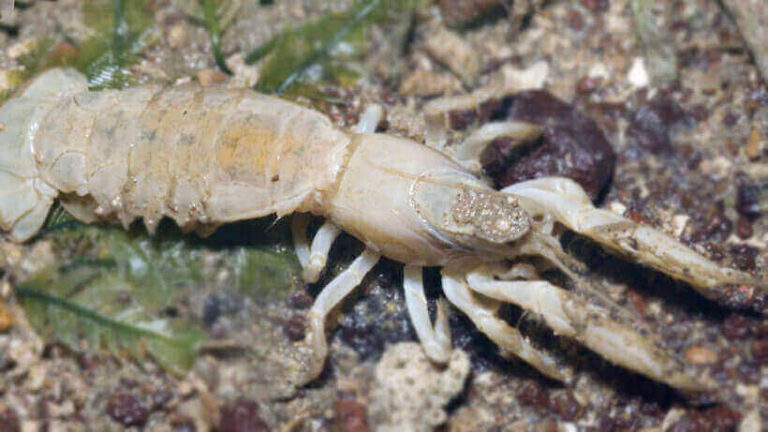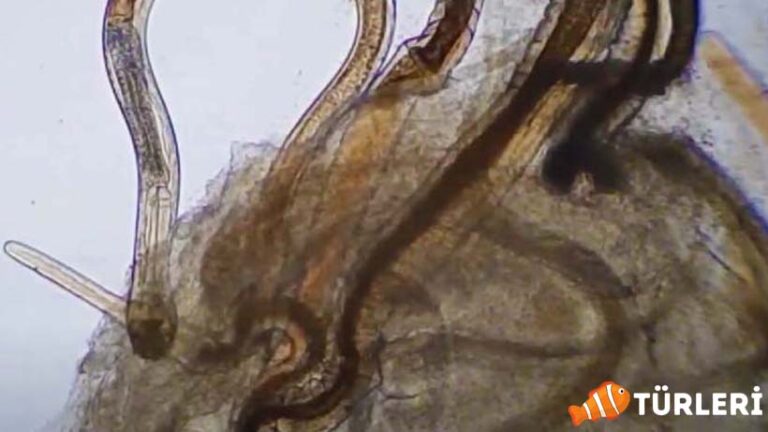Vampire Crab
The Vampire Crab is a colorful and small crab species that is quite popular in freshwater aquariums. Here are general information, care, feeding, reproduction, and species it can live with regarding the Vampire Crab:
Vampire Crab Species Summary
| Scientific Name: | Geosesarma spp. |
| Origin: | Southeast Asia |
| Diet: | Omnivore |
| Behavior: | Generally Peaceful |
| Behavior Towards Its Own Species: | They can be territorial. (In other words, these crabs can sometimes show aggressive behavior to protect their “homes” or the territories they have established.) |
| Habitat: | Both land and water |
| Water Temperature: | 22 – 28 °C |
| Water Hardness: | 6 – 10 GH |
| pH Level: | 6.5 – 7.5 |
| Minimum Aquarium Volume: | 40-50 liters (for a half water, half land environment) |
| Yetişkin Boyutu: | 2 – 3 cm |
| Reproduction: | They lay eggs, and these eggs incubate on land |
| Life Span: | 2 – 3 years, sometimes longer |
| Care Level: | Moderate |
Aquarium
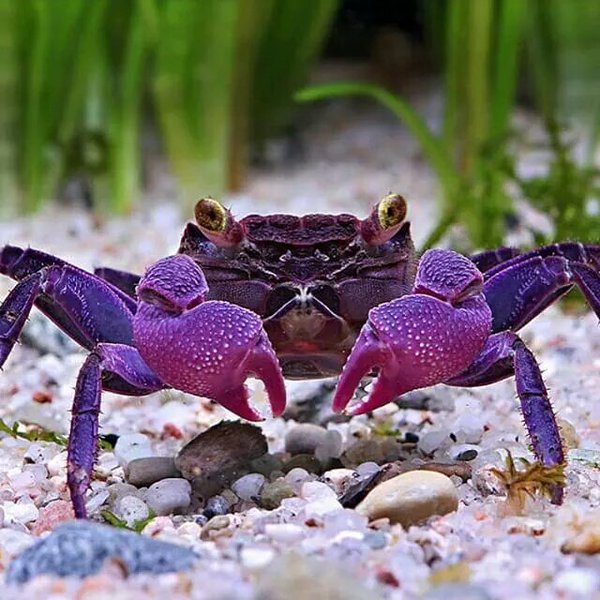
- Size: A minimum 40-50 liter aquarium is recommended. This is necessary for the crab to move comfortably and to create a natural habitat.
- Surface: Vampire Crabs are creatures adapted to both terrestrial and aquatic life. At least 40-50% of the aquarium should be filled with water, and the rest with land.
- Filtration: A good filtration system helps keep the water clean. It’s important to clean the debris on the water surface using a surface skimmer or a similar surface agitator.
Temperature
- To keep the crabs active and healthy, the aquarium temperature should be maintained between 22-28°C. It’s possible to maintain this temperature range with an aquarium heater. It’s also important to regularly check the temperature with a thermometer.
pH
- The ideal pH level for Vampire Crabs is between 6.5-7.5. Maintaining the pH within this range is vital for the crabs to molt their shells healthily.
- Water test kits can be used to measure the pH level. If the pH is off-balance, it can be adjusted using appropriate pH regulators.
Decoration
- Caves and Shelters: Vampire Crabs tend to hide frequently in their natural habitats. Therefore, caves and shelters placed in the aquarium satisfy this natural instinct. Such hiding places also reduce stress levels.
- Live Plants: Live plants add a natural look to the aquarium and provide extra space for the crabs to roam. Plants like Java moss, Anubias, or Java fern are ideal for this species.
- Soft Ground: Vampire Crabs prefer a soft substrate. Fine-grained sand or soil supports the crab’s natural digging tendencies. Moreover, such substrates are safer for the crabs and won’t damage their shells.
By considering this information, you can make the necessary adjustments to create the most suitable environment for Vampire Crabs in your aquarium.
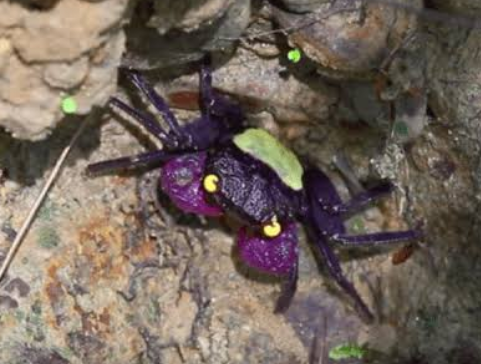
Feeding
- Omnivorous Diet: Being omnivores means that Vampire Crabs consume both plant-based and animal-based foods. This variety helps ensure they receive all the necessary nutrients.
Live Foods
- Leech: These tiny creatures are a rich source of protein for the crabs. However, the amount of leeches should be balanced, as excessive protein intake can be harmful to crabs.
- Blood Worms: These are considered a tasty treat for crabs and are rich in protein. But like leeches, they should not be given in excessive amounts.
- Small Insects: A natural food source for crabs, insects are rich in vitamins and minerals. Gammarus: These freshwater crustaceans are rich in protein and essential fatty acids, which are beneficial for crab shell health.
Plant-Based And Prepared Foods
- Spirulina Tablets: Spirulina is an excellent source of protein, vitamins, and minerals. It also contributes to crab shell health.
- Algae Tablets: Algae tablets balance the plant component in the crab diet. Also, these tablets support the crabs’ natural herbivorous feeding habits.
- Special Crab Foods: There are special crab foods available on the market specifically formulated for freshwater crabs. These foods contain all the nutrients that crabs need.
Feeding Notes
Overfeeding the crabs should be avoided. Overfeeding can lead to health problems. Supplementing crabs’ diets a few times a week ensures they are nourished with a healthy and balanced diet. The frequency and quantity of feeding should be adjusted based on the crab’s age, size, and activity level.
In conclusion, variety is key in feeding Vampire Crabs. By offering a balanced mix of both animal and plant-based foods, you can ensure your crabs remain healthy and active.
Reproduction
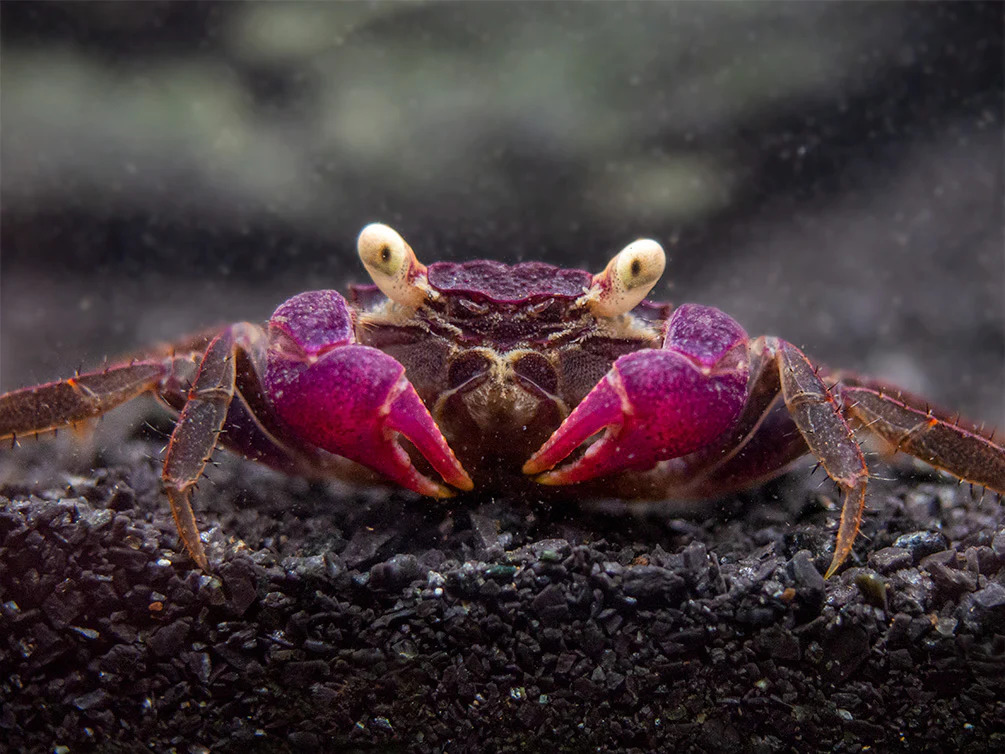
Pre-Reproduction Preparation
- Terrestrial Area: Vampire Crabs lay their eggs outside of water, in a terrestrial area. Thus, it’s necessary to have a sufficient land area in your aquarium. This area should maintain a high level of humidity to prevent the eggs from drying out.
- Shelters: Female crabs need quiet and hidden spaces to lay and protect their eggs. So, plenty of hiding places should be available in the aquarium.
Egg Laying
- Egg Observation: You can observe eggs in the abdomen (belly) area of female crabs after a short period. These eggs can typically be yellow, orange, or olive green in color.
- Hatching Period: It’s expected that baby crabs will emerge a few weeks after the eggs are laid.
Baby Crabs
- Initial Stage: Baby crabs are entirely terrestrial at first. It’s generally not recommended for them to enter the water during this period.
- Growth: As baby crabs grow sufficiently, they can frequently enter and exit the water. This is a phase where the crabs start getting used to water.
- Feeding: Baby crabs, especially in the early days, should be fed foods high in protein. This is necessary for their rapid growth.
General Notes
Temperature, humidity, and pH balance need to be optimal for the reproduction of Vampire Crabs. Baby crabs are quite delicate.
Careful monitoring of aquarium conditions is necessary for their healthy growth. Considering crabs might have natural predators, it might be a good idea to keep baby crabs in a separate section from other fish or crustaceans. The reproduction process, especially for beginners, can be a bit challenging. However, with the right knowledge and attention, you’ll find the process can be enjoyable and rewarding.
Suitable Aquarium Mates
- Peaceful Crab Species: Vampire Crabs generally get along with other peaceful crab species. For instance, they can be kept with crabs of similar size and nature, like the Taiwan Crab.
- Shrimp Species: Peaceful shrimp species like the Amano shrimp, Sakura shrimp, or Freshwater Cherry Shrimp can typically be kept in the same aquarium as Vampire Crabs. However, it’s important to remember that crabs might sometimes attack shrimps.
- Peaceful Small Fish Species: Small, swift, and peaceful fish like tetras, rasboras, and some dwarf cichlids usually get along well with crabs. Due to their swimming speed, these fish can easily escape potential crab attacks.
Points to Consider
- Aggressive or Large Fish: Large cichlids, botia species, or other aggressive fish might attack or see crabs as prey. It’s best to avoid keeping Vampire Crabs with such fish.
- Territory: Especially during their breeding periods, crabs can become territorial. Providing ample hiding and living spaces in the aquarium can mitigate such territorial behavior.
- Feeding Competition: Care should be taken to avoid competition during feeding when kept with different species. Special foods should be provided for different species and distributed in a way that everyone can access them.
- Observation: It’s crucial to closely monitor interactions in the aquarium for the first few days after introducing a new species. This helps in early detection and intervention of potential problems.
With carefully chosen tankmates, Vampire Crabs can coexist successfully. However, it’s always critical to be attentive and observant for the health of both the crabs and other inhabitants.
Before diving into detailed care for the Vampire Crab, it would be beneficial to seek more information from a local aquarium expert or literature. This information is provided as a general guide.

